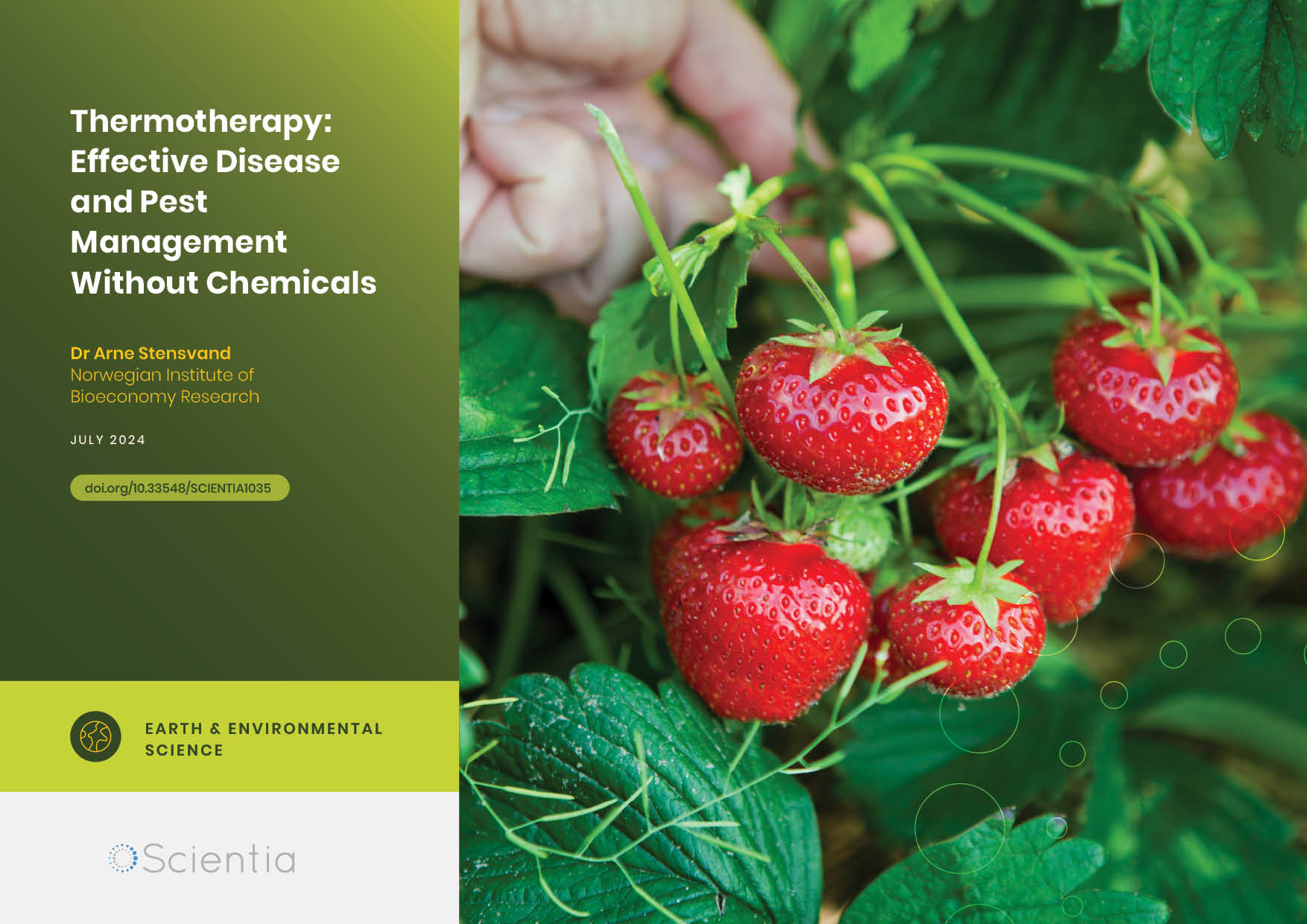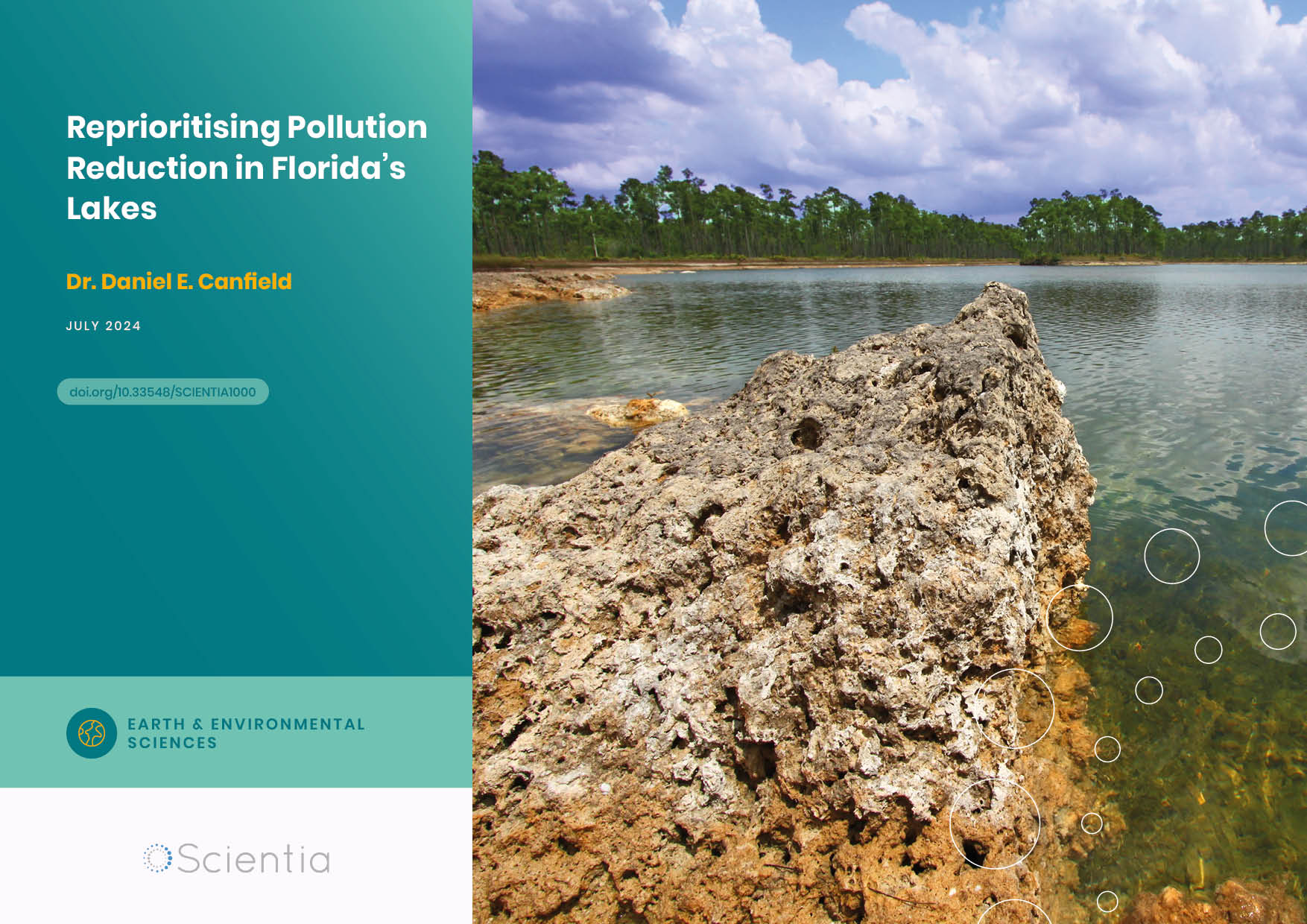Dr Vanaja Kankarla | Exploring How Crops Can Overcome Salt Stress
Plant health is inextricably linked to the soil. An excess of salt can affect a plant’s ability to uptake other nutrients and reduce its overall growth. For crops, reduced growth translates to lower yields. Most research on this issue focuses on growing cultivars that are salt tolerant. Dr Vanaja Kankarla inspected the problem from a different angle. Her team studied how two forage crops, alfalfa and triticale, responded to saline water. The team’s results highlight triticale’s outstanding salt tolerance and shows that saline irrigation may actually boost alfalfa yields.
Saline Soils
Saline soils present a significant obstacle to global agricultural and food security goals. Excess salts in soil can prevent plants from taking up water and other nutrients. As a result, plant growth can be stunted or even stopped. Roots, which are the first part of a plant to come in contact with salts in the soil, show the first signs of damage.
Globally, about 80 million square kilometres of arable land features very salty soils. Salt toxicity can occur naturally, but anthropogenic activities have vastly exacerbated the issue, particularly in arable lands. For example, poorly draining soils and excessive fertiliser use can lead to salt accumulation. At its worst, saline croplands eventually become degraded, dramatically decreasing agricultural productivity. Forecasted temperature increases with climate change, along with increasing prevalence of droughts, will accelerate the issue.
To combat this issue, some researchers are studying how to increase the salt tolerance of crop roots. Scientists and plant breeders have also developed many varieties of crops that are salt tolerant. Other advancements include developing more sustainable farming techniques to reduce over-draining soils, which can lead to salt accumulation. However, the complexity of this problem requires a multi-pronged approach and interdisciplinary cooperation.
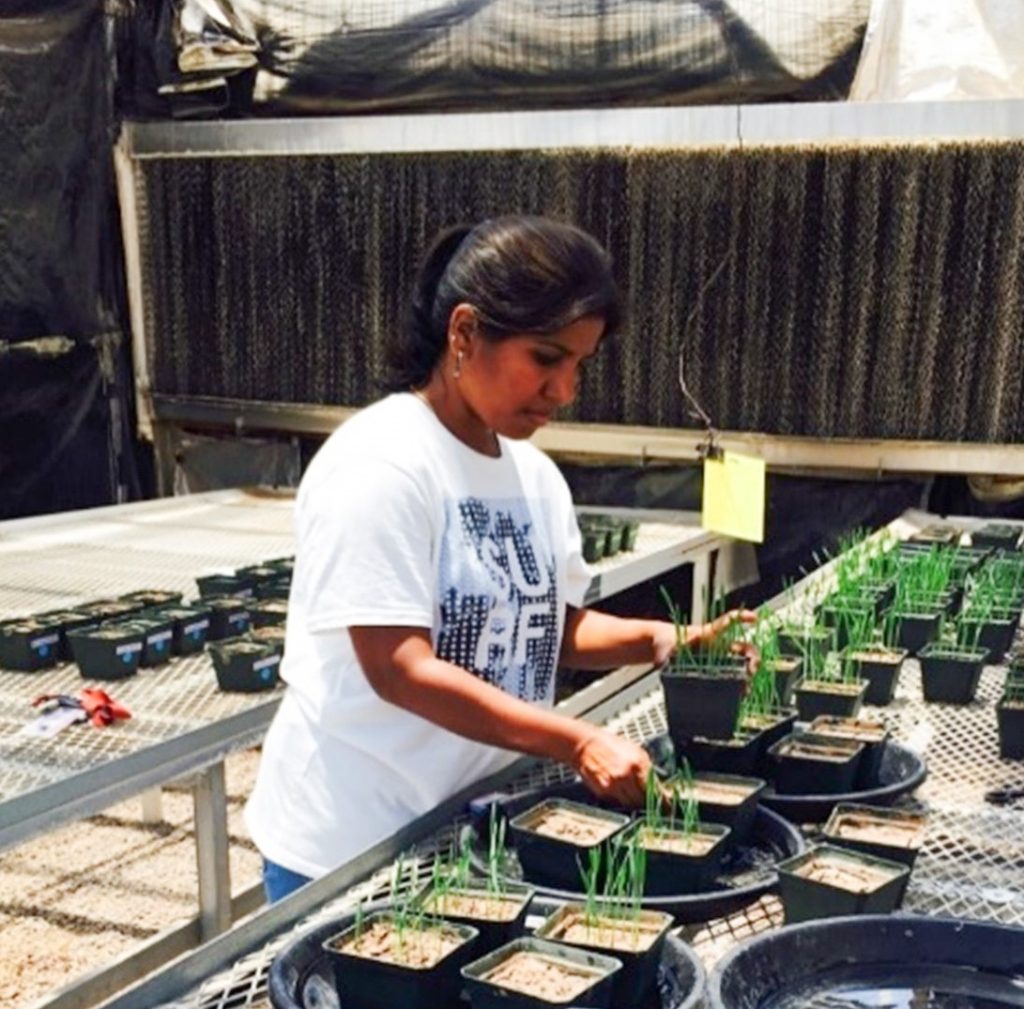
Dr Manoj Shukla, Dr Vanaja Kankarla and their colleagues have significantly contributed to this growing body of research. In her previous work, Dr Kankarla showed that alfalfa and triticale (a hybrid of wheat and rye) are tolerant to irrigation from brackish groundwater – which contains a mixture of fresh and seawater. They also showed that these two crops tolerate irrigation with ‘reverse osmosis concentrate’ – the wastewater left over from de-salination processes. Both brackish groundwater and reverse osmosis concentrate have elevated levels of salt.
Farmers grow alfalfa as feed for livestock and other animals. Alfalfa crops are very important to the US economy and can tolerate extreme climate conditions. Like alfalfa, triticale can provide high yields in low-quality soils, and has a high tolerance to stress, drought, saline soils, and extreme temperatures. Both crops will be critical in efforts to meet global food and forage demands, especially in saltier environments.
In a 2020 study, Dr Kankarla and her colleagues investigated whether irrigating alfalfa and triticale with saltwater changed the root architecture of these species in ways that would promote increased tolerance to salt stress.
To evaluate the response of these species to salt stress, they irrigated both plants with brackish groundwater and reverse osmosis concentrate. The goal of the study was to determine whether salt stress stimulates responses in the roots that directs more resources to the shoots and leaves of the crops. Because farmers harvest the leaves and shoots, the researchers hypothesised that they could use saline treatments to promote higher crop yield.
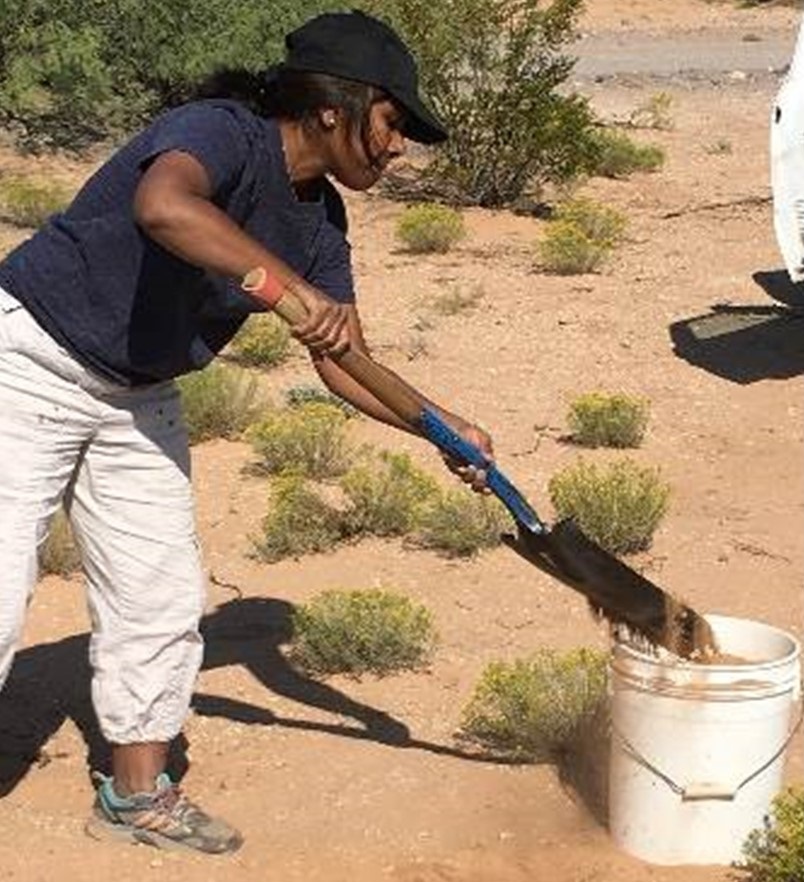
Triticale Emerges as Salt Superstar
Under controlled greenhouse conditions, Dr Kankarla and her team conducted two replicated experiments. The experiment was split into equal numbers of alfalfa and triticale with different watering treatments. They watered one group with tap water as a control. Then, they watered one group with brackish groundwater and another with reverse osmosis concentrate.
To document the plants’ responses to the irrigation treatments, Dr Kankarla measured root mass and density. They also imaged the roots, allowing them to accurately measure total root length, average diameter, surface area, root volume, and the number of root tips, forks, and crosses. These fine measurements would tell the researchers whether the root architecture changed in response to salt stress. Finally, they measured the ion concentrations in the root samples. All of these factors helped the researchers to understand how the roots and shoots responded to saline conditions.
The results showed that both plants responded to increased levels of salt, but in different ways. The root mass of alfalfa plants watered with the brackish water and osmosis concentrate was significantly higher than alfalfa plants in the tap water group.
In contrast, triticale experienced the opposite trend. The root mass of triticale under saltwater treatments was much lower compared with triticale plants in the tap water group.
Notably, triticale irrigated with saline water had much higher stem and leaf mass, which farmers harvest for animal feed. Essentially, although saltwater had negatively affected the size of roots, it actually increased the mass of the triticale leaves and stems.
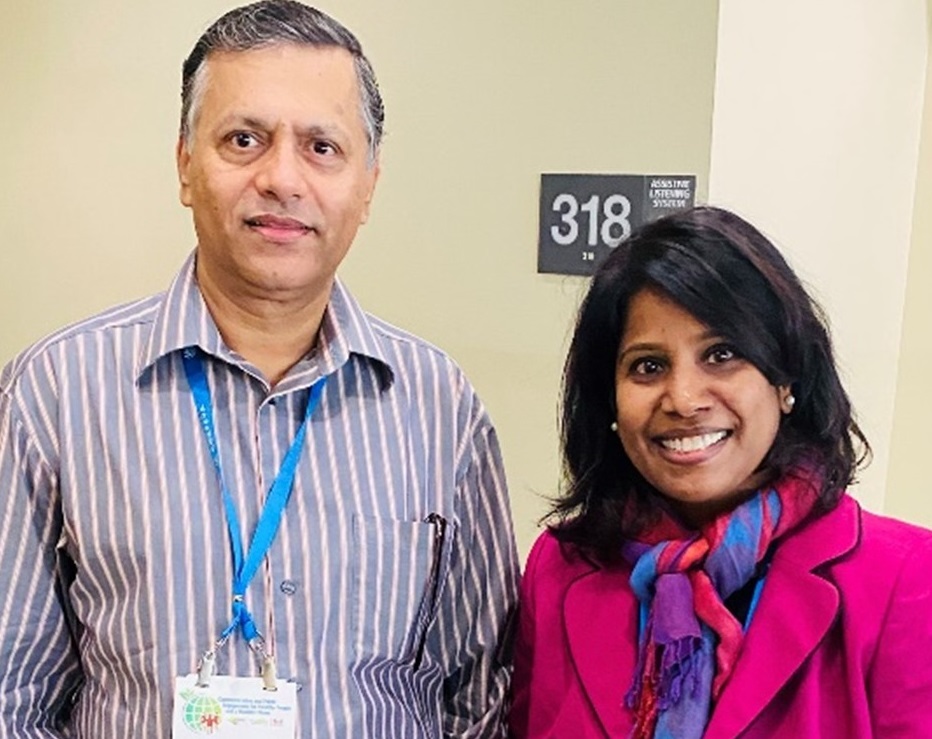
Mechanisms
When the researchers imaged the roots, they compared the root architecture – root age, type and branching – of the plants irrigated with tap water and those irrigated with saline water. In alfalfa, the researchers noted clear differences in root branching and shape between the tap water and saltwater groups. For example, alfalfa’s root length, volume and density all increased under saline conditions. These traits would give alfalfa an increased ability to grow, extend, and absorb nutrients inside the soil, and explains how alfalfa’s root mass increased under saline conditions.
In contrast, the root architecture of triticale seemed largely unaffected by salinity. This lack of response is astounding, and suggests that triticale barely noticed the salt – demonstrating its superstar status when it comes to salt tolerance.
To explain their findings, the researchers hypothesised that high levels of calcium in the groundwater and reverse osmosis concentrate helped alfalfa increase its root mass. Calcium is responsible for maintaining both soil structure and normal plant metabolism under saline conditions. However, the researchers pair this interpretation with a disclaimer, noting that we need more research to address the role that calcium might play in the plant’s response to salt. The team’s results also suggest that alfalfa restricted salt to its roots to reduce the potential for excessive sodium accumulation in the shoots.
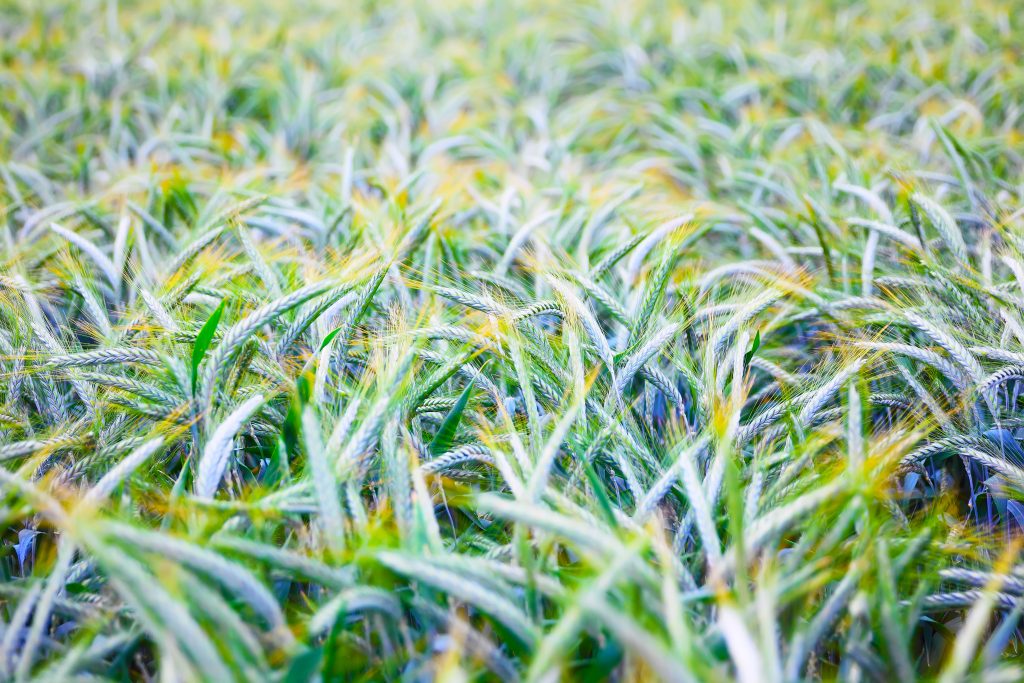
Salt-tolerant Forage Crops
Overall, Dr Kankarla’s study sheds light on two very important crops that are known to respond well to salt stress.
Their research demonstrates that triticale can be easily irrigated with brackish groundwater and reverse osmosis concentrate, which will allow farmers to conserve their available freshwater for other uses. In alfalfa, root system changes actually enable the roots to accumulate more water and nutrients when irrigated with saline water. Based on these findings, Dr Kankarla’s team recommends that farmers use brackish groundwater and reverse osmosis concentrate to irrigate alfalfa and promote a positive stress response, allowing farmers to easily boost their crop yields and conserve freshwater.
SHARE
DOWNLOAD E-BOOK
REFERENCE
https://doi.org/10.33548/SCIENTIA879
MEET THE RESEARCHER

Vanaja Kankarla
Department of Marine and Earth Sciences
Florida Gulf Coast University
Fort Myers, FL
USA
Dr Vanaja Kankarla grew up in Hyderabad, India. Coming from a highly disciplined and cosmopolitan, she travelled throughout most parts of India. She discovered her interest in agricultural science while working with rural Indian communities. Dr Kankarla graduated with a Bachelor’s degree in Agriculture from Acharya N. G. Ranga Agricultural University, India. In 2013, she moved to the US to pursue a Master’s degree in Plant and Soil Sciences from Tennessee State University, Nashville TN. Later in 2019, she graduated with her doctorate in Plant and Environmental Science from New Mexico State University. Dr Kankarla completed her two years of postdoctoral research at Texas A&M University, and in 2022, she began an Assistant Professor appointment in the Marine and Earth Science Department at Florida Gulf Coast University. Her research combines agronomy, soil science, crop-weed nutrient management and competition studies, and developing decision support tools for solving agricultural and environmental challenges. She loves to work with students who are enthusiastic about research. She enjoys teaching, mentoring and watching curious young minds learn and grow. Over the last few years, her work has been recognised with many awards, including the 2022 Postdoctoral Research Award in recognition of outstanding research from the Department of Soil and Crop Sciences, Texas A&M University, the 2019 Dean’s Award of Excellence in recognition for outstanding graduate student achievement from the Department of Plant and Environmental Sciences, NMSU, and the 2018 ‘Young Innovators Creating a Better World for All’ award by the Women Economic Forum (WEF). Dr Kankarla has positioned herself as one of agricultural science’s most promising young women scientists.
CONTACT
E: vkankarla@fgcu.edu
W: https://www.linkedin.com/in/vanaja-kankarla-she-her-5b148617/
FUNDING
The project was funded by Nakayama Professorship, and NMSU and Bureau of Reclamation Cooperation Agreement (R16AC00002). Water Resources Research Institute, NMSU Agricultural Experiment station and NIFA were a great source of support for the research project.
FURTHER READING
V Kankarla, MK Shukla, GA Picchioni, Root growth, architecture, and ion uptake of alfalfa and triticale irrigated with brackish groundwater and reverse osmosis concentrate, Agrosystems, Geosciences & Environment, 2021, 4 e20180. doi.org/10.1002/agg2.20180

REPUBLISH OUR ARTICLES
We encourage all formats of sharing and republishing of our articles. Whether you want to host on your website, publication or blog, we welcome this. Find out more
Creative Commons Licence (CC BY 4.0)
This work is licensed under a Creative Commons Attribution 4.0 International License. 
What does this mean?
Share: You can copy and redistribute the material in any medium or format
Adapt: You can change, and build upon the material for any purpose, even commercially.
Credit: You must give appropriate credit, provide a link to the license, and indicate if changes were made.
SUBSCRIBE NOW
Follow Us
MORE ARTICLES YOU MAY LIKE
Dr Robert Larkin | Cultivating Change to Improve Soil Health and Increase Potato Yield
Environmental quality and food production are facing the pressing challenges of climate change and global population growth. Dr Robert Larkin from the United States Department of Agriculture-Agricultural Research Service (USDA-ARS) and a team of plant scientists developed and tested a range of crop management systems to help overcome these compounding challenges. Their work is improving soil health and increasing the yield of potato crops, contributing to the future food security of nations.
Dr Arne Stensvand | Thermotherapy: Effective Disease and Pest Management Without Chemicals
Dr Arne Stensvand and his team at the Norwegian Institute of Bioeconomy Research are developing physical methods of pest reduction in plants. The team is specifically interested in strawberry plants, for which pest management is vital for crop success. They are pioneering thermotherapy as a heat treatment method to provide an environmentally effective and economically sound non-chemical approach to pest management.
Dr. Daniel Canfield | Reprioritising Pollution Reduction in Florida’s Lakes
Florida’s landscape is dotted with thousands of lakes that reflect regional geology, topography and anthropogenic activities. Phosphorus and nitrogen are critical nutrients for maintaining the wide range of biological production expressed across Florida, but excessive inputs of these nutrients due to past human activities impair many waters. There has been a long history of work aiming to address associated water quality pressures, and Dr. Daniel Canfield at the University of Florida has been at the centre of these efforts for over 40 years. Now, with the correction of point-source nutrient inputs, Dr. Canfield proposes that holistic lake management, including the integration of in-lake management strategies with a focus on organic sediment removal, should be much more prominent on the US government’s agenda to provide faster restoration of stakeholders’ lake usability.
Dr Jon Tore Lieng | Dynamically Installed Anchors for Floating Offshore Turbines
Effectively harnessing offshore wind presents a valuable opportunity to increase energy supplies. Floating wind turbines present several advantages over traditional fixed turbines in more shallow waters. Dr Jon Tore Lieng from Deep Sea Anchors and colleagues have developed a type of dynamically installed anchor to hold the structures in place while reducing both the costs and complexity associated with installation where cohesive seabed sediments are realised.



